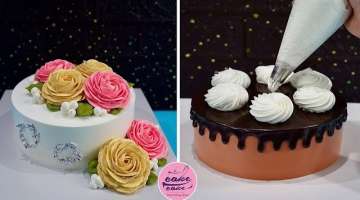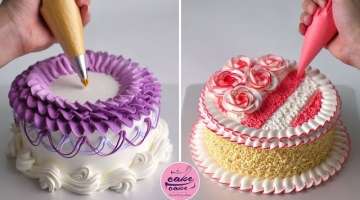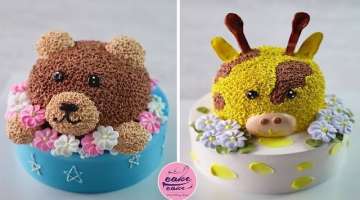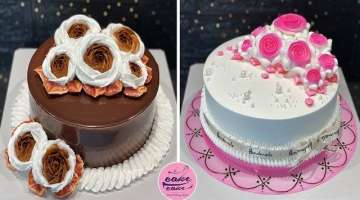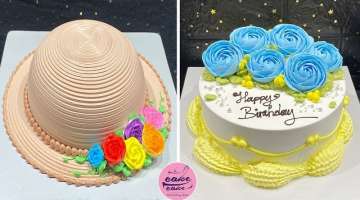The Basics to Healthy Houseplants
Maintaining Healthy houseplants is not extremely difficult and in fact many houseplants will provide you with big returns on a very small investment. In fact sometimes a little too much care is applied yielding negative results. Plants have developed naturally to survive under inherently poor conditions and sometimes too much of a good thing is in fact not good. Keep it simple but provide the basics.
- 1 | 12

Similar to any living thing, a plant needs water, food, environment and occasional grooming. That is basically the program in a nutshell. Learn how to best satisfy these needs for your particular plant and by routinely satisfying those basic needs you should be rewarded with healthy plants.
- 2 | 12

Potting and soil mix: To permit adequate drainage, it is recommended that you grow houseplants in either clay or plastic pots with drainage holes.
- 3 | 12

You can place the growing pots inside attractive outer pots but do not let extra water accumulate in the bottom.
- 4 | 12

Most houseplants do not require frequent transplanting. Transplant when you see the plant being forced out of its container or you see roots showing at the drainage hole. Use houseplant potting mix, and replant into a container that is just a little larger than the roots.
- 5 | 12

Light: Flowering houseplants and those with colored leaves need more light than green-leafed plants. These houseplants may require supplemental plant lighting supplied by either a specialty grow light or a common fluorescent light.
- 6 | 12

Water: Over watering is the most common mistake of new gardeners. Wait for the soil to become almost dry, but do not allow the plant to become wilted. Water until the water just begins to appear at the drainage holes. Test for moisture by touch or by using a moisture meter every five days. If it feels dry or meter registers dry, it is time to add water.
- 7 | 12

When watering your houseplants look at the top and underside of leaves. If you see bugs, try washing them away with water and a mild dish detergent solution. Test the water and soap mixture on a small part of the plant first, to be sure there will be no damage to leaves. If you find that is not successful, you will need to apply a chemical insecticide.
- 8 | 12

Throw away dead plant matter and discard the soil to prevent diseases spreading to your other houseplants.
- 9 | 12

Humidity: Place a layer of marbles in bottom of saucers; fill with water and place plant pot on top to capture evaporation. Consider a room humidifier if you notice your house humidity levels are to low for your houseplants.
- 10 | 12

Temperature: Daytime temperatures of 64 to 73°F (18 to 23°C) and a little cooler at night are ideal. Avoid placing houseplants near heating ducts or drafty areas.
- 11 | 12

Fertilizing: A great deal of fertilizing is not necessary. Fertilizing of houseplants should be further reduced during slowed winter growth. Begin fertilizing about February with all-purpose fertilizer diluted to half strength. All-purpose fertilizer has nutrient ratios that are balanced or in equal concentrations, e.g. 15-15-15 or 20-20-20.
- 12 | 12

Remove leaves that turn off color or yellow yellow and dead leaves. If more than half the leaf is affected, remove the entire leaf. If only a small portion of the leaf is discolored, trim that portion to the natural shape of the leaf. Use sharp scissors for best results. The leaves of some houseplants may continue to grow at the leaf base. Remove both the flower and the stem. Remove faded and discoloured flowers.

